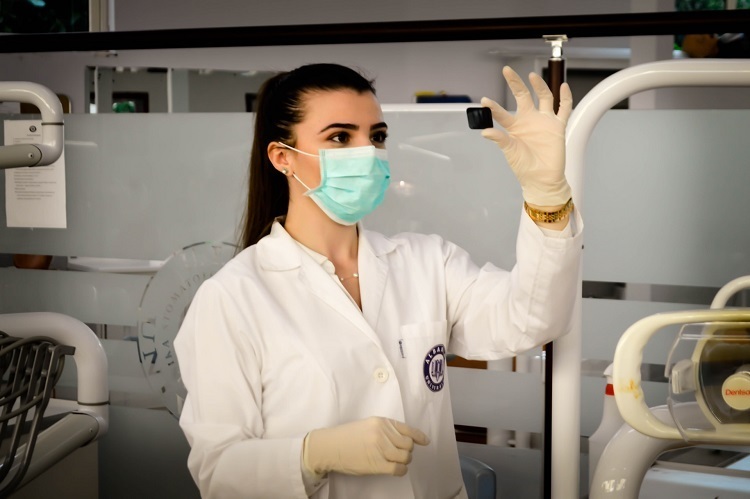The Advantages of Using VR for Medical Training
As one of the most rigorous and complex professions, medical training requires a comprehensive and immersive learning experience. In recent years, the introduction of virtual reality (VR) technology has revolutionized medical training, creating an immersive and highly effective learning experience that can be tailored to individual needs and preferences. Let’s discuss the advantages of using VR for medical training.
Table of Contents
Gathering More Knowledge About Rare Medical Conditions
One of the biggest barriers to the successful treatment of rare medical conditions is the inability to see how the condition manifests in different people. With VR technology, medical students can gain a better understanding of these conditions by interacting with virtual patients, experiencing the symptoms, and learning how to diagnose and treat them. This allows medical students to gain a better understanding of the condition and its treatments, and to develop better patient care skills.
Delivering a Wide Range of Surgical Knowledge
Medical students must be well-versed in a wide range of surgical techniques, which can be difficult to learn through traditional methods. With VR, medical students can practice a variety of surgical techniques in a safe, simulated environment. This allows them to gain a better understanding of the procedures, and to become more proficient in their skills.
Facilitating More Surgical Practice
In a traditional medical training setting, it’s difficult for medical students to gain extensive practice in surgical procedures. With VR, medical students can practice a multitude of surgical procedures in a safe and realistic environment. This allows them to gain a greater understanding of the procedure and to become more confident in their abilities.
Risk-Free Practice for Treatment and Surgery
VR technology can be used to create a risk-free environment for medical students to practice treatments and surgeries. While learning in the operating room is important, reducing patient risk is the most important aspect of medical training. With VR, medical students can practice and perfect their skills in a safe, simulated environment.
Allowing Medical Professionals to Prepare for Unknown Risks
Medical professionals often face unknown risks when treating patients. With VR technology, medical students can practice their skills in a realistic environment and learn how to recognize and respond to unexpected events. This allows them to become more prepared for the potential risks of medical treatment.
A Tool for Assessing Skill and Competency
VR technology can be used to assess a medical student’s skill and competency in a variety of medical procedures. With the ability to track data from the simulations, instructors can monitor a student’s progress and ensure that they have a thorough understanding of the procedure.
Offers an Accurate Representation of a Working Environment
VR can accurately replicate a medical environment, allowing medical students to practice in a realistic setting. This helps them to become more comfortable and familiar with the environment, which can ultimately lead to improved patient care from less guessing and better decision-making.
Explore the Possibilities of VR Medical Training
It’s time to explore what virtual reality can do for medical training. VR technology offers a unique learning experience that can help medical students to become more effective and confident in their practice. By providing an immersive and realistic environment, medical students can gain a better understanding of medical conditions and practice their skills in a safe environment.

